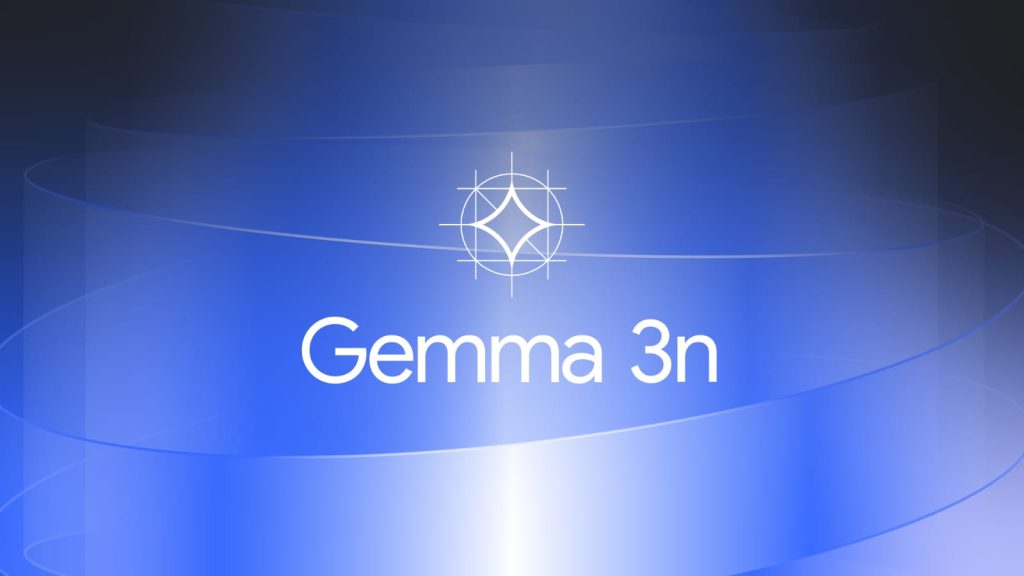Technology giant Google is upping its AI game by giving a tough time to its competitors and launching back-to-back AI models. Now the world’s top search engine giant has introduced Gemma 3n, an AI model that fits directly on smartphones, tablets, and laptops with no internet connection required.
Supporting text, images, audio, and video, it provides AI superpowers to devices you can hold in your hand. As an open-weight model, Gemma 3n can be analyzed and balanced by developers—representing a move to privacy-enabled on-device AI.

Google has shaken the industry with Gemma 3n, a super advanced new AI model that delivers on big promises of bringing an out-of-this-world AI experience to regular consumer hardware like phones and laptops. Instead of relying on cloud servers that traditional AI systems use, Gemma 3n operates locally—without an internet connection—providing both speed and privacy.
This shift reflects a broader trend in AI, which is away from large, centralized server models to small, efficient personal-device models. 3. Gemma is multimodal, i.e., it accepts multimodal inputs, and therefore, it can read not only text but also images, audio, and video. This has opened up new possibilities for real-time translation, speech recognition, image analysis, and much more, without sending any data to the cloud.
What makes Gemma 3n unique is its open-weight design. Unlike proprietary systems like OpenAI’s GPT-4 or Google’s own Gemini, open-weight models allow developers to download and run the model on their own machine. This leads to more flexible customization, rapid innovation, and more control over privacy.
Gemma 3n comes in two model sizes: a 5-billion-parameter model that can be run with as little as 2 GB of RAM and an 8-billion-parameter model that runs effectively with about 3 GB of RAM. Despite their small size, both models deliver performance comparable to older, larger models.
Google also included many smart tools in Gemma 3n to help it work well. Another new architecture—MatFormer—helps the model adapt to different devices by using resources more flexibly. Per-Layer Embeddings and KV Cache Sharing are details to further accelerate speed and shrink memory usage, especially for longer video and audio tasks.
The model’s audio skills rely on Google’s Universal Speech Model, which assists with on-device transcription and translation. The vision encoder uses MobileNet-V5 architecture for video processing up to 60 fps, even on smartphones.
Google has made the model available to developers and researchers by providing Gemma 3n through services like Hugging Face, Amazon SageMaker, Kaggle, and Google AI Studio. It fosters innovation and application development across other sectors, from healthcare and education to mobile apps and security tools.

